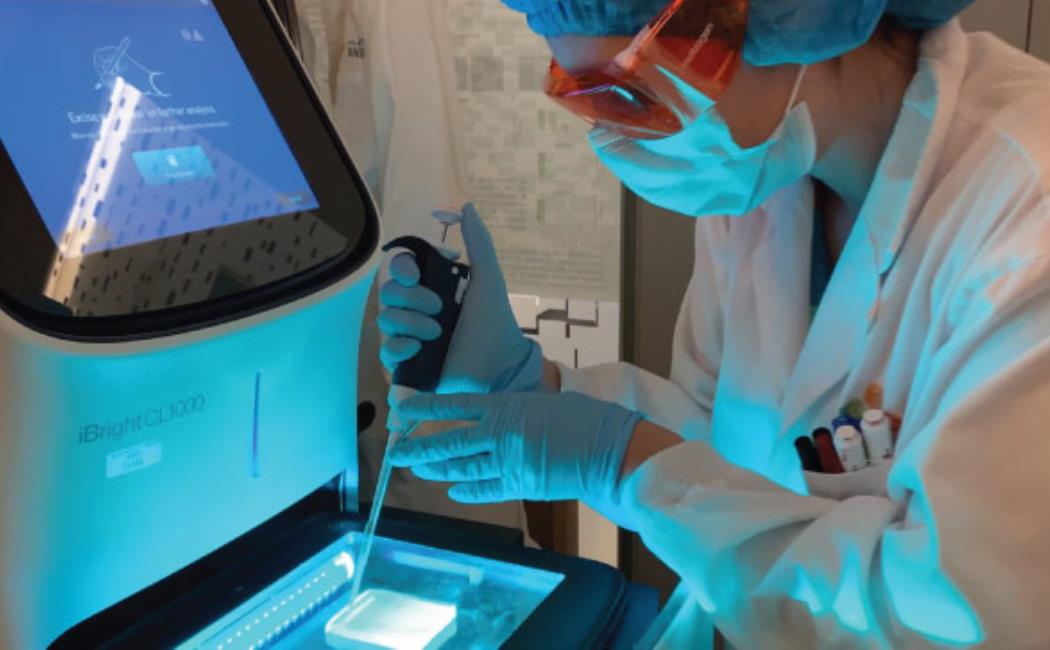
Studying the genes behind surplus X chromosomes
29 March, 2022
One in every 500 to 1,000 males are born with one or more extra X chromosomes, leading to a wide range of progressing symptoms with each extra chromosome, including infertility, enlarged breasts, osteoporosis, diabetes, heart abnormalities, intellectual disability and cancer. Now, KAUST scientists have used stem cells, reprogrammed from people with this condition, to improve understanding of how it develops.
People born as males typically have one X and one Y chromosome, whereas females have two X chromosomes. One of the two X chromosomes in females is usually inactivated, except for a small number of “escape” genes. X inactivation also happens in males born with one (Klinefelter syndrome) or more (higher grade sex chromosome aneuploidies, or HGAs) extra X chromosomes. But this still leaves the extra escape genes.
Click here to read the full story.
Image: Veronica Astro (pictured) and a team of KAUST bioscientists used stem cell analyses to improve understanding of the development of surplus X chromosomes in newborn males.
© 2022 KAUST.